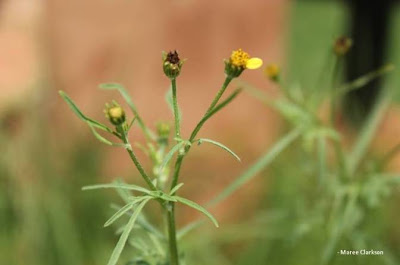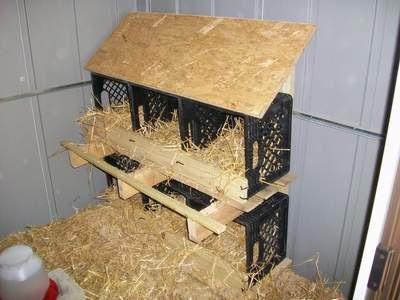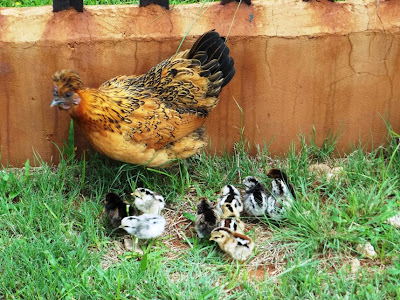My Echeverias are really enjoying the winter sunshine and less watering and have produced some gorgeous little flowers.
Echeveria is a large genus of succulents in the Crassulaceae family, native from Mexico to North-western South America. Many of the species produce numerous offsets, and are commonly known as 'Hen and chicks', which can also refer to other genera such as Sempervivum that are significantly different from Echeveria. Sempervivums cannot tolerate the heat that Echeverias can, so mine grow primarily in pots on my patio or in the house.
Some Echeveria elegans in a pot
Some Echeverias can mimic Sempervivums very closely so I understand the confusion this causes. But when in doubt about what genus one has in one's collection, all doubts will vanish as soon as the plant flowers since the two genera have very different flowers. Echeveria flowers are not fuzzy, are often arching and the flowers themselves are quite succulent and bell-shaped. Sempervivum flowers are non-succulent and usually pink with thin, narrow, aster-like petals often on oversized inflorescences. And if still not convinced, one only need wait for flowering to end, as most Echeverias flower yearly while Sempervivums are monocarpic (die after flowering).
Part of my Echeveria collection
Many Echeveria species are popular as garden plants. They are drought-resistant, although they do better with regular deep watering and fertilizing. Although they tolerate winter quite well, the winter frost here in Tarlton is quite severe and often I take them out of the garden, putting them into pots and bringing them into the house, especially those that have got long stems and are not compact and dense any more.
Another section of the garden with a couple of Echeverias
Echeverias need bright light, heavy soil and excellent drainage. When grown in soil-less mixes, they grow large and lush and lose their colour and character. Many of the plants have a waxy sheen on their leaves. When they are watered over the top, the water collects in drops and spots the leaves when it dries. These spots are especially noticeable when the water is high in minerals. Drench and let dry. Water from below.
My Echeverias in full flower
These lovely plants are moderately fast growers. If your plant begins to show more and more space between the leaves, it is stretching and needs more light to help it keep a compact rosette shape.
The lovely pink edges on Echeveria glauca - this one is growing in the shade and the space between the leaves shows it is reaching for more light.
In general these are inexpensive easy plants, popular mostly because of their ornamental flower-shaped, thick-leaved succulent rosettes and wonderful colours and textures... but their low cost certainly helps, too. Most Echeverias are suckering plants, eventually forming small (or large) colonies of closely growing plants. My original collection started with a few Echeverias given to me by my father in the late 80's. This suckering/offsetting behaviour makes them particularly ornamental pot plants as, in time, most will offset enough to completely fill a pot, often spilling over the edges and making living bouquets of succulent rosettes.
Echeverias hanging over pot
Echeveria glauca in flower
Two Echeverias in a pot in the garden
Camera : Kodak EasyShare C195
Location : My garden, Tarlton, South Africa.
::
















































